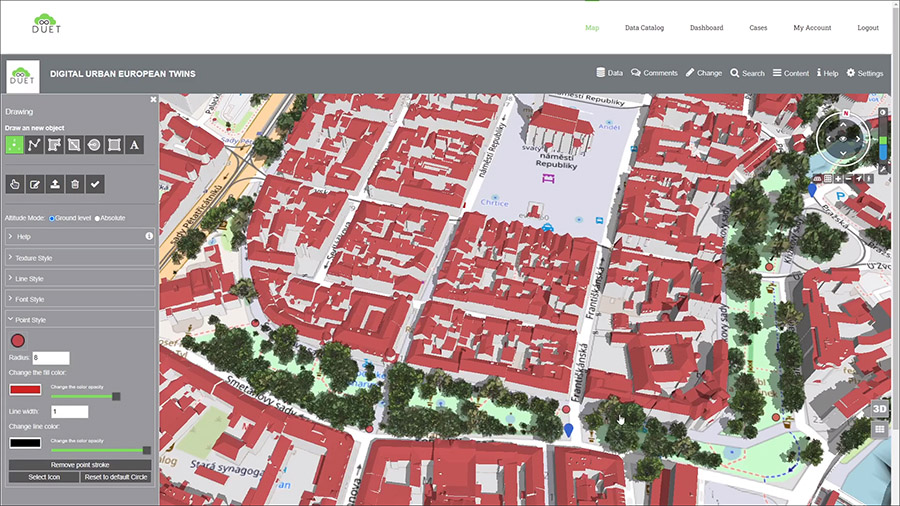
A few months ago, I wrote about the SmartBRIDGE Hamburg project as an example of an actual digital twin in action, one of the few in which the emerging digital twin technology has actually been implemented. As the technology is further developed, we are likely to continue seeing more implementations, both for individual buildings and infrastructure assets, as well as for neighborhoods, regions, and cities. For the larger-scale implementations, the vision is similar to what I had described in my article on “City Information Modeling” six years ago — designing and operating cities more intelligently, efficiently, and effectively, with the ability to simulate various aspects such as traffic, congestion, energy, impact of natural disasters such as earthquakes or hurricanes, flood control, etc. (It is worth noting that that digital twin technology hadn’t even been invented at that time!)
Since the emergence of the technology and its potential application in the AEC…

